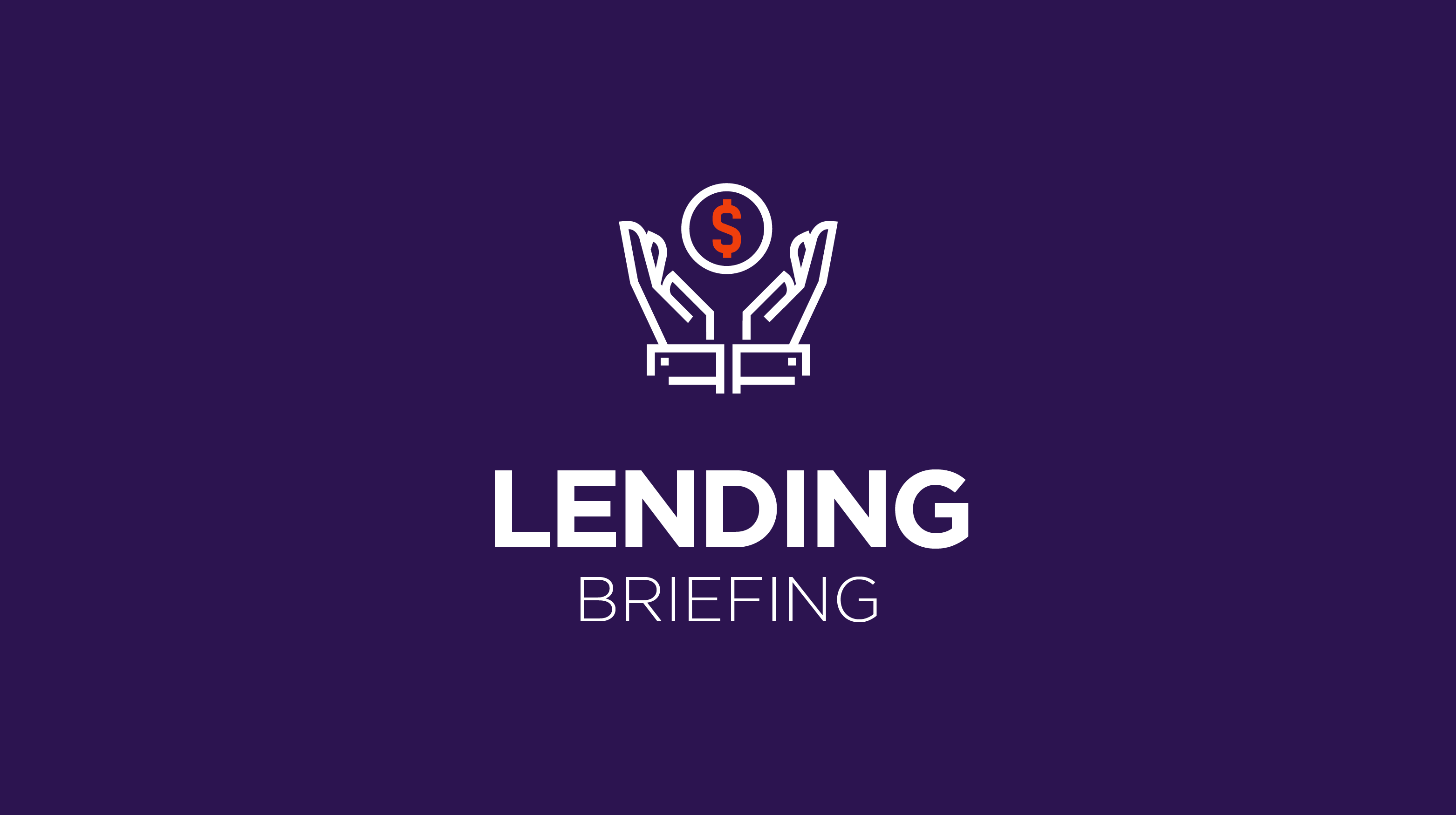Member Exclusive, Online Lenders
Lending Briefing: Alternative data powering SMB lending, and the top US consumer lenders
- Alternative data has been among the major driving factors for the rising interest in SMB lending, and fintechs are increasingly dominating the market.
- Marcus by Goldman Sachs has ranked highest among personal loan lenders in overall customer satisfaction, according to a new study.








